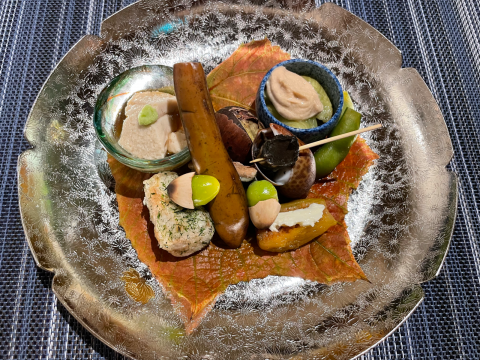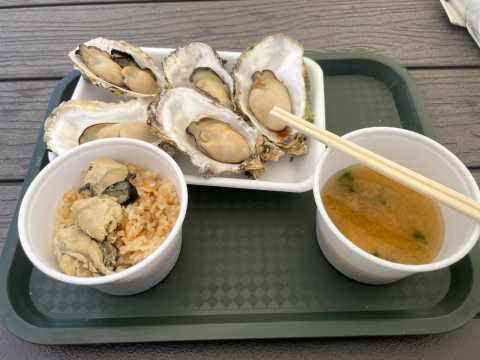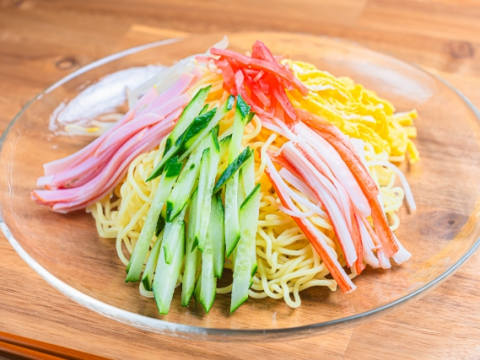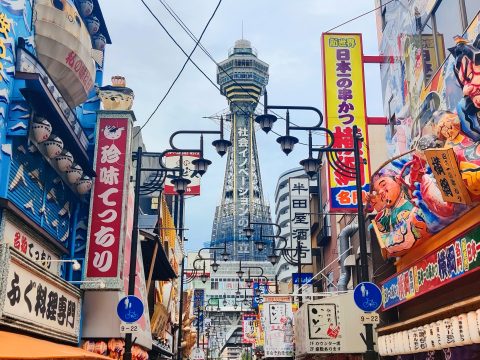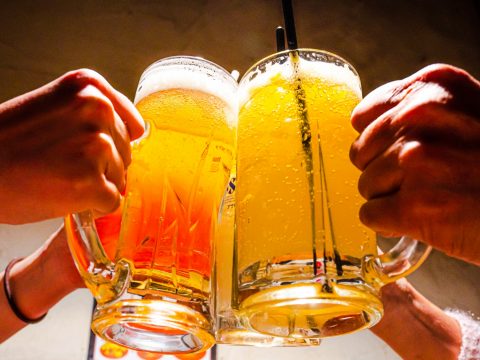Oysters (牡蠣)
JAPANESE FOODS
28.08.2023
Basically, oysters can be found in many different parts of the world. However, they are widely consumed in Japan, while this fact is not well known worldwide. Would you like to know more about Japanese oysters? If so, keep reading!
Are the oysters all the same?
Long story short, the answer is no. In Japan, they can be divided mostly in two types: Pacific oysters and Iwagaki oysters. The Pacific oyster season is winter, while Iwagaki oyster season is summer. Iwagaki oysters are native to Japan, are harvested mostly from the wild and much larger than Pacific oysters.

Famous areas in Japan for oysters
Hiroshima Prefecture is the largest producer of oysters in Japan and the most famous for it. Its oysters are juicy, with small shells and ample, plump flesh rich in flavor.

Sanriku Coast, located in the northeastern part of Japan, is also famous due to its oceanic environment, making it an ideal environment for oysters to grow.
Last, but not least important is Hokkaido. Hokkaido prefecture is very popular for oysters due to the cold water surrounding Akkeshi Bay.
Raw oysters or nama-gaki
The texture of raw oysters is described as being creamy with a sweet and briny flavour. The oysters are eaten either shucked or on the half-shell with dressings such as vinegar, ponzu or momoji-oroshi.
It can also be eaten as sushi, for example, nigiri-sushi and gunkan maki.

Fried oysters or kaki furai
Fried oysters are also very popular in Japan. This dish consists of oysters being breaded in panko and then deep-fried. It is not usually served alone, but with side dishes like raw cabbage, lemon and tartar sauce or a sweet sauce.

Kaki no dotenabe
It is a popular hot pot dish from Hiroshima and it is made of vegetables, tofu and oysters that have been simmered in a broth.

My trip to Miyajima
When I went to Miyajima (an island in front of Hiroshima), I had the chance to taste oysters. In this case, they were Pacific oysters. It was the first time I tried this kind of oyster. In my country, Spain, Atlantic oysters are sold instead of Pacific oysters and Iwakaki oysters, so they are difficult to find. Although the taste was a little different, I really liked them! If you go to any of the places above, I recommend you try them, even more so if it’s their season.

Carmen Alvarez
Carmen grew up in a city in southern Spain. After graduating from university, she decided to move to Tokyo to study Japanese. She enjoys walking the streets of Japan, discovering new places and trying different Japanese dishes.
Read previous articles by the writer
Read latest articles
KEYWORDS
- # PICKPICK
- # Resume
- # alcohol
- # Rice
- # Soup
- # winter food
- # Fast Food
- # seafood
- # spicy foods
- # raw food
- # fermented food
- # Transportation
- # MEAT
- # Edo culture
- # suits
- # clothing
- # drink
- # fish
- # seasoning
- # Japanese New Years Foods
- # Toshikoshi soba
- # Osechi Ryori
- # Ozoni
- # Christmas
- # Japanese fusion pasta
- # Wafu Pasta
- # Japanese Hot Pot
- # なべ
- # 鍋
- # Miyazaki
- # Chicken Nanban
- # Karamen
- # Autumn Wagashi
- # Mushi-yokan
- # Imo-yokan
- # Japanese Autumn Fruits
- # Autumn
- # Vending Machine
- # fall
- # dango
- # Chestnut rice
- # saury
- # Mushroom
- # Rice vinegar
- # Japanese condiments
- # 調味料
- # Sake
- # Mirin
- # Soy sauce
- # Japanese Noodles
- # Udon
- # Ramen
- # Yakisoba
- # Soba
- # Japanese Seaweed
- # 海藻
- # かいそう
- # Payslip
- # Training
- # Japanese summer foods
- # 和菓子
- # Wagashi
- # ryokucha
- # 夏
- # 飲み物
- # Ramune
- # ラムネ
- # Pokari Sweat
- # ポカリスエット
- # Calpis
- # カルピス
- # Mugicha
- # ume
- # 梅
- # うめ
- # umeshu
- # job hunting
- # tofu
- # Recruitment in Japan
- # miso
- # Japanese cuisine
- # Yellowtail and bonito
- # Children’s Day
- # Kashiwa Mochi
- # Chimaki
- # fruits
- # Kusamochi
- # Types of Agriculture in Japan
- # bread
- # パン
- # パン屋さん
- # japanese bread
- # shokupan
- # meal blead
- # anko bread
- # 桜
- # さくら
- # cherry blossom
- # visa
- # hanami
- # omotenashi
- # sakura
- # おもてなし
- # Japanese hospitality
- # oshibori
- # wet hand towel
- # hand towel
- # restaurant
- # Commuting in Japan
- # Women-only cars
- # Exit gate
- # japanese train
- # train
- # valentine
- # Japanese sweets
- # 朝食
- # Japanese Breakfast
- # Breakfast
- # Japanese
- # 日本
- # healthy
- # persimmons
- # hoshigaki
- # HR
- # work in Japan
- # jinji ido
- # corporate systems
- # Japanese work culture
- # bento
- # ekiben
- # shinkansen
- # omiyage
- # train station
- # Japanese culture
- # work culture
- # mentaiko
- # umeboshi
- # Japanese snacks
- # potato chips
- # Japanese potato chips
- # Japanese writing
- # seaweed
- # konbu
- # ocean foods
- # shio konbu
- # dashi
- # miso soup
- # food processing
- # pear
- # nashi
- # sweet potato
- # japanese sweet potato
- # stingray
- # satsuma imo
- # food value chain
- # homecooking
- # agriculture
- # Japanese homecooking
- # farming
- # nikujaga
- # shojin ryori
- # meat and potatoes
- # traditional foods
- # comfort food
- # buddhist food
- # manufacturing
- # factory
- # eihire
- # vegetarian
- # food and beverage
- # izakaya
- # yatai
- # japanese festival
- # taiyaki
- # matsuri
- # summer
- # Ikayaki
- # smart agriculture
- # shaved ice
- # kakigori
- # かき氷
- # summer dessert
- # Japan
- # Japanese foods
- # dessert
- # fruit
- # matcha
- # icecream
- # Pikcup
- # Pikc up
- # Pcikup
- # skilled labor visa
- # working visa japan
- # Dineer Table in Japan
- # Japanese manner
- # Japanese food
- # Japanese Table Manner
- # Chopsticks
- # Japanese traffic signs
- # traffic information
- # road rules in Japan
- # chocolate
- # green tea
- # Osaka
- # Work Japan
- # Japanese company
- # ikura
- # sushi
- # nigiri
- # wasabi
- # PCIK
- # PICK UP
- # PICK
- # PICKUP


